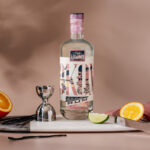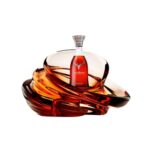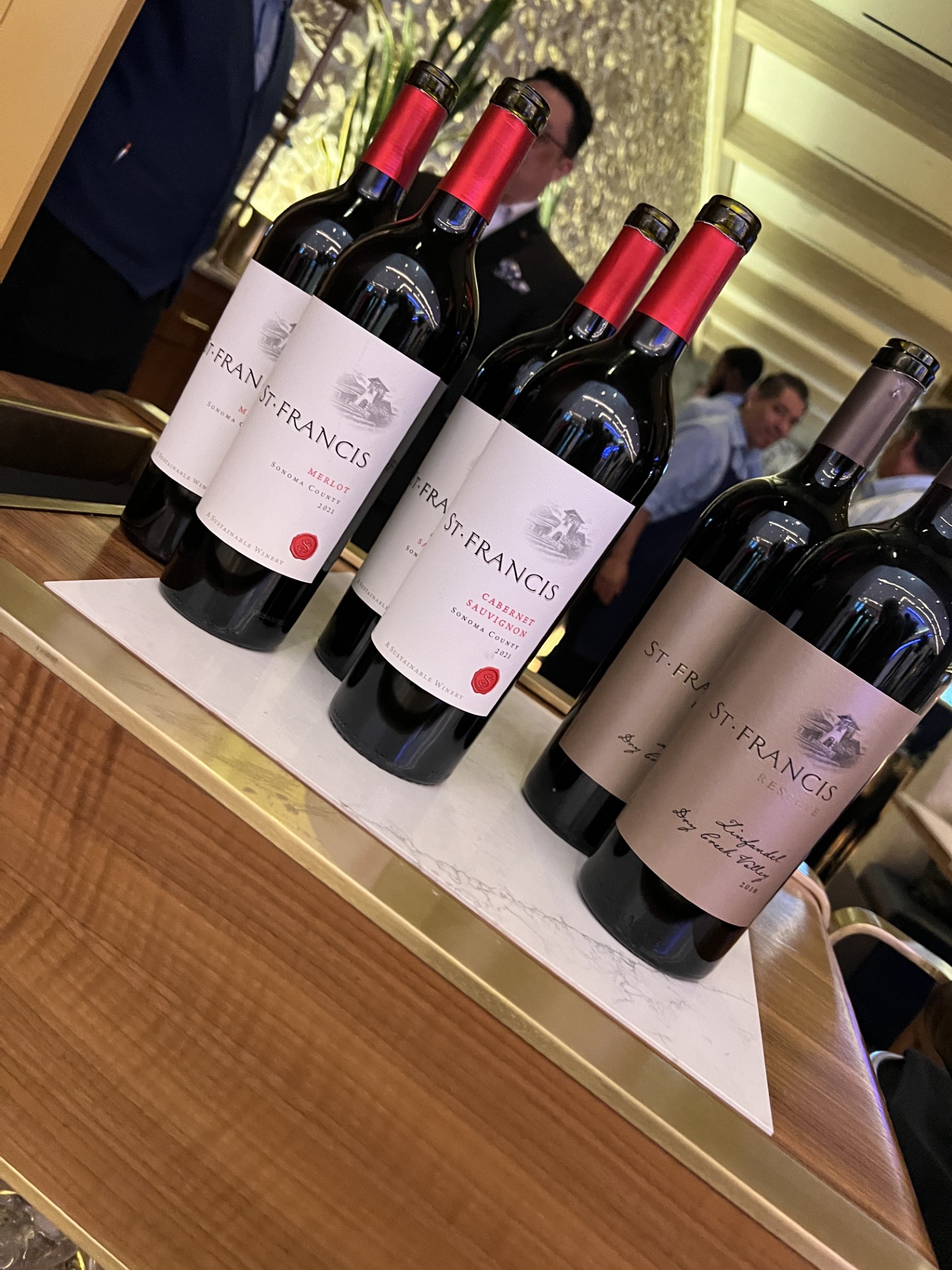Lets look at a few examples of alcohol levels. French and Italian wines. Most French and Italian wines (old world) are in the 12% range. Italian Wines are noted for being served with foods. Present wines from the New World (US, Australia, etc), it is hard trying to find wines that are less than 14%.
What is the affect on the cellar life of wines (low verses high acidity). This is another topic that could be reviewed.
Here is a list that I found that summarizes the effects that PH levels have on wine quality. When looking at this table, remember that a PH of 1 is the most acidic, 7 is neutral and 14 is the most basic.
Oxidation: Less in Low, More in High.
Amount of color: More in Low, Less in High.
Kind of color: Ruby on Low, Browner in High.
Bacterial Fermentation: Less in low, More in High.
According to this, wines that have more acid are preserved and protected better over time. The length of time is not defined, so I would interpret the time element to mean from bottling to consumption. Whether that is 2 weeks or 30 years. In Chablis France, during low sugar years, they are allowed to add sugar to the grape juice (chaptalization). The addition of sugar in winemaking is not allowed in California. However, the addition of tartaric acid (and others acids) is allowed to increase the acidity of the wine.
In summary, we need acids for a couple of reasons. And as a note, we are talking about tartaric and malic acids (good acids) and not acetic acid (bad acids). As we have seen, acids are needed to preserve and provide a wine with good color, no oxidation, etc. Acids are also required to provide crisp fresh taste when we taste a wine. Probably most noticeable in certain whites such as Sauvignon Blanc, Chablis and some Chardonnays. It is also important when eating fatty foods to cut thoroughly the fat and cleanse the palate before the next bite. Doesn’t Spaghetti and meatballs with a fine Italian Barolo or Brunello di Montalcino (one of my favorites) sound good?











Great post, Eve! So I once had this guy come into The Cellar to argue with me about the pH balance of wine in a glass after it has been rinsed with water. I know for a fact that water is neutral (around a pH of 7, give or take a decimal point here and there). If anything, this should allow the taster the opportunity to taste wine without outside influence.
What are your thoughts?
Claudia, thanks for reading and commenting. I'm the wine 101er, and Rusty is at a tasting, but I'll take a stab at this.
Rinsing with the same liquor is what I've been told is the best. That said, I usually use water as it's what is offered and convenient.
But then I tend to turn my wine glass over, letting my cocktail napkin catch the extra water and rinsed residue for a moment or two before I refill.
Tell me more about "The Cellar"…where are you? (Though as an anal reader, writer and blogger, I am Googling 'The Cellar" now.)
P.S. It was in poor taste for anyone to argue with you, over anything in a wine bar, as it takes away from all we come into a wine bar for. Shame on him!
As soon as I went to Google I realized it was my friend Claudia S. from the Goose!!!
And I stand behind all I said!
See you soon I hope!
Eve
I wonder what the pH level of the Santa Ema Sauv Blanc is, because i swear that it's so acidic that I could clean our jewelry with it!
Hehe.. thanks Eve! Yes, I was referring to the Loose Goose Wine Cellar when I wrote about 'The Cellar". (insert sad face here)
Agreed, that rinsing with the same is preferred. However, removing any lingering water from the glass once rinsed leaves a neutral taste reference.
Hopefully will see you soon! I missed the SCV Wine Classic and was bummed that I did. I'm trying to decide which event to go to next! Any suggestions?
Hi Cul de Sac,
About your wine should we
A. Add ice to dilute it? (not in my house.)
B. Serve well-chilled (if read on any wine label it's secret for: tastes bad.) or
C. Toss and start again.
It's all subjective, I won't ever tell anyone what to do with their wine. But notice that option C has no pesky comments.
PS – I love your new blog!
To Claudia, and anyone else that wants to know "Where to go to next":
Eddie and I will be at the LA Wine Fest this weekend. Held at the "Historic Raleigh Studios" 2-6pm both Saturday and Sunday, it's a very comprehensive tasting, with classes, food and fun vendors!
There's a link on my blog.
For those of you that want to save a couple of bucks they need volunteers to work and… give you time to enjoy the festival too!
From Rusty in answer to question #1 from Claudia and maybe #4 too:
There is a little bit of complexity involved with this question. First, if we are talking about the good acids that were explained in the article, the PH will not change unless you dilute it with water. The change is directly proportional to the amount of acid to water. Rinsing a glass out will not do this to a point where it will be noticed.
Bad acids such as acetic acid are found immediately after opening. Since this acid is volatile and the good acids are not, this acidity will leave the wine after exposure to air. Decanting will speed up the process.
Affects to the balance of wine, I would say no. It will not happen unless you leave a large quantity of water in the glass.